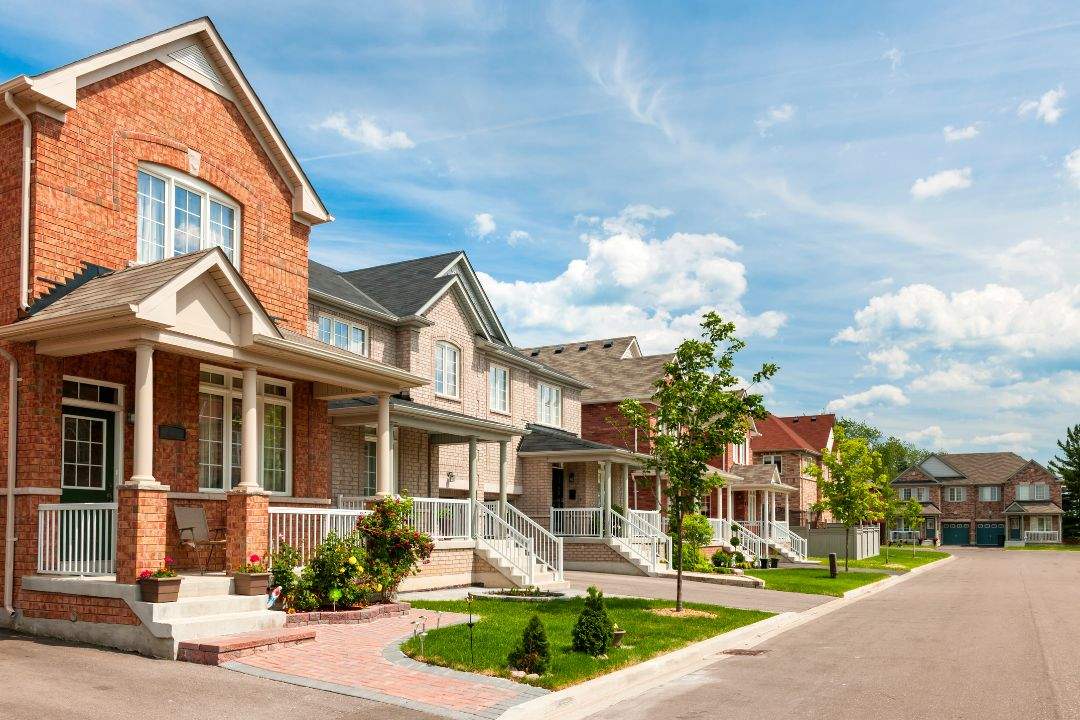Table of Contents
Flipping houses has quickly become one of the best ways to start generating serious wealth for yourself – especially if you have a background in contracting, construction, plumbing properties, or as an electrician. Even if you don’t have a background in these areas, you only need strong project management skills and a can-do attitude. Knowing who to hire, managing them well, and making sure that all of the details have their I’s dotted, and their T’s crossed can do wonders for your business efforts.
There are so many properties to this day that still need to be flipped. These properties have sat around completely abandoned, but their historic charm is full of possibility. Taking such a derelict property and doing it up is a great way to preserve that history, while making yourself a tidy profit – but how do you get started? Simple, you use this guide:
Finding Appropriate Properties
One of the most challenging aspects of flipping homes is finding the right properties for the job. Some derelict options are going to be too expensive to flip, for example, or outright impossible if the rot and wear have taken their toll. Don’t assume everything is fine and dandy based on a cursory look, especially if you can’t see the property live.
Instead, create a set of criteria, narrow down your options, and invest in the full inspection. You need to know just what you are getting involved in, and what kind of costs you are looking at. For your first fix and flip project, you’ll typically want something outdated, but in decent working order. However, as you get more experience in this field, you can take on increasingly challenging options.
Getting Approval
If the property is historic, then there may be some hoops that you will need to jump through, even if the property was abandoned when you purchased it. That’s why it’s important to go to the local planning council to see if and what red tape there is in terms of the project. If the restrictions mean you can’t do up the property the way that you want, then you’ll need to move on. If it’s all good, you’ll want to start getting approval ASAP so construction work can begin.
Getting the Funding
As time passes and you fix, flip, and sell those houses, you’ll naturally start building your own financing pot from which you can draw. In those early days, however, you’ll likely need a lender. Getting personal loans from hard money lenders can be the best way to go for those looking to start a new career in flipping houses. These loans are short-term and designed to be repaid once you sell the house. In return, you get the profit to take home as your wage, and to be reinvested for future projects.
Work With the Best
Flipping houses, even period homes, is a business. Every successful business succeeds because of those who work behind the scenes. This means you need to find, vet, and then form close relationships with your general contractor and sub-contractors. Creating those strong relationships is key to effective business management and for flipping houses to a good standard.
